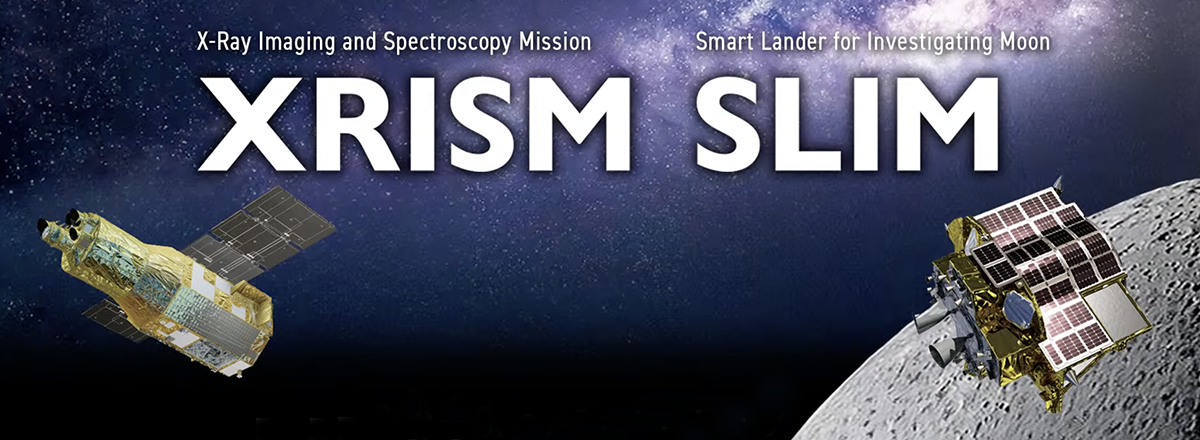Japan Launches Its Moon Lander and X-Ray Space Telescope
Accompanying SLIM on this launch is the X-Ray Imaging and Spectroscopy Mission (XRISM), a collaborative effort between JAXA, NASA, and ESA. XRISM is set to take up residence in low Earth orbit and will focus on studying the universe in high-energy X-ray light.

Japan has sent two groundbreaking missions into space, including its first lunar lander and a powerful X-ray space telescope.
Japan's H-2A rocket, carrying the Smart Lander for Investigating Moon (SLIM), took off from Tanegashima Space Center, marking a historic moment for Japan's space exploration endeavors. The launch, initially delayed by about ten days due to adverse weather conditions, successfully deployed SLIM into space.
SLIM is a compact lunar lander designed to make a pinpoint landing on the Moon. After reaching lunar orbit in three to four months, it will spend another month surveying the lunar surface before attempting a precise landing within 330 feet of its target point in Shioli Crater, a 1,000-foot-wide impact feature.
The primary goal of SLIM is to demonstrate pinpoint landing technology, which could open the doors to more extensive exploration of the Moon and other celestial bodies.
Accompanying SLIM on this launch is the X-Ray Imaging and Spectroscopy Mission (XRISM), a collaborative effort between JAXA, NASA, and ESA (European Space Agency). XRISM is set to take up residence in low Earth orbit and will focus on studying the universe in high-energy X-ray light.

